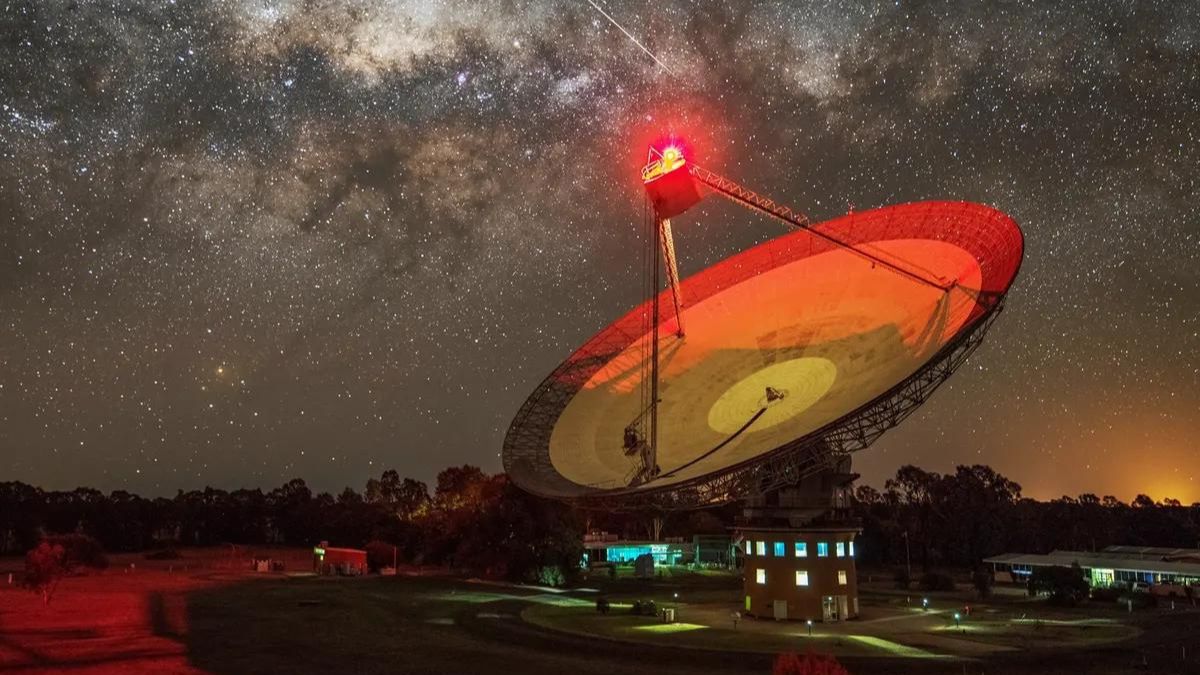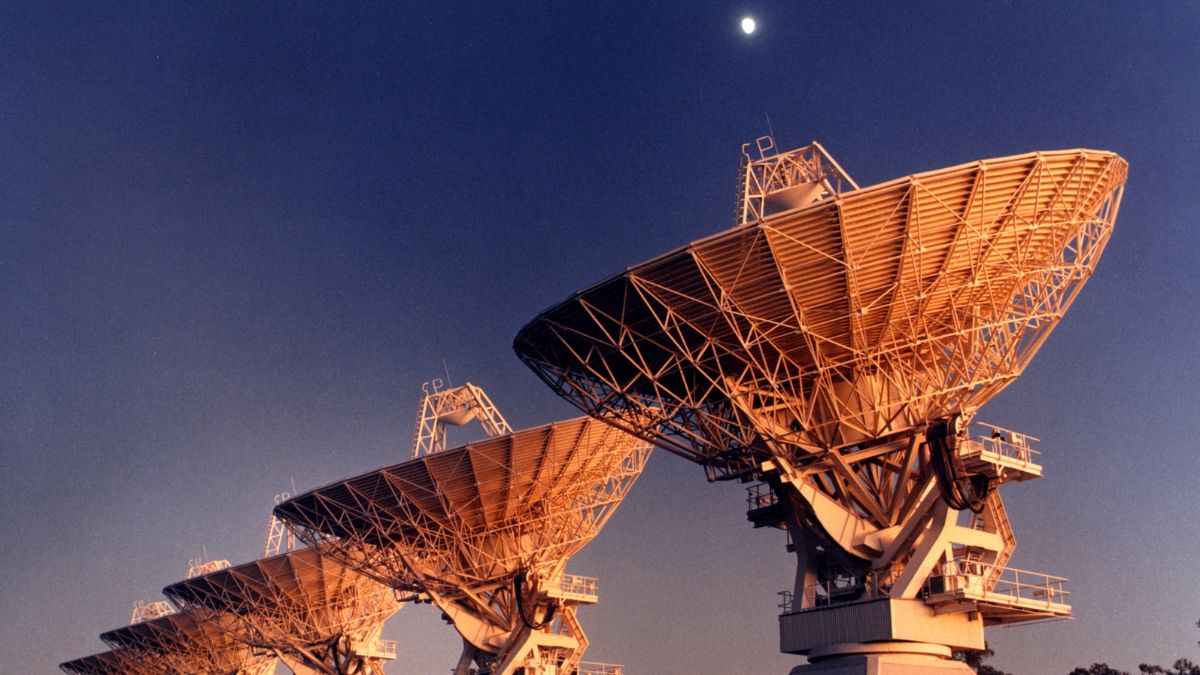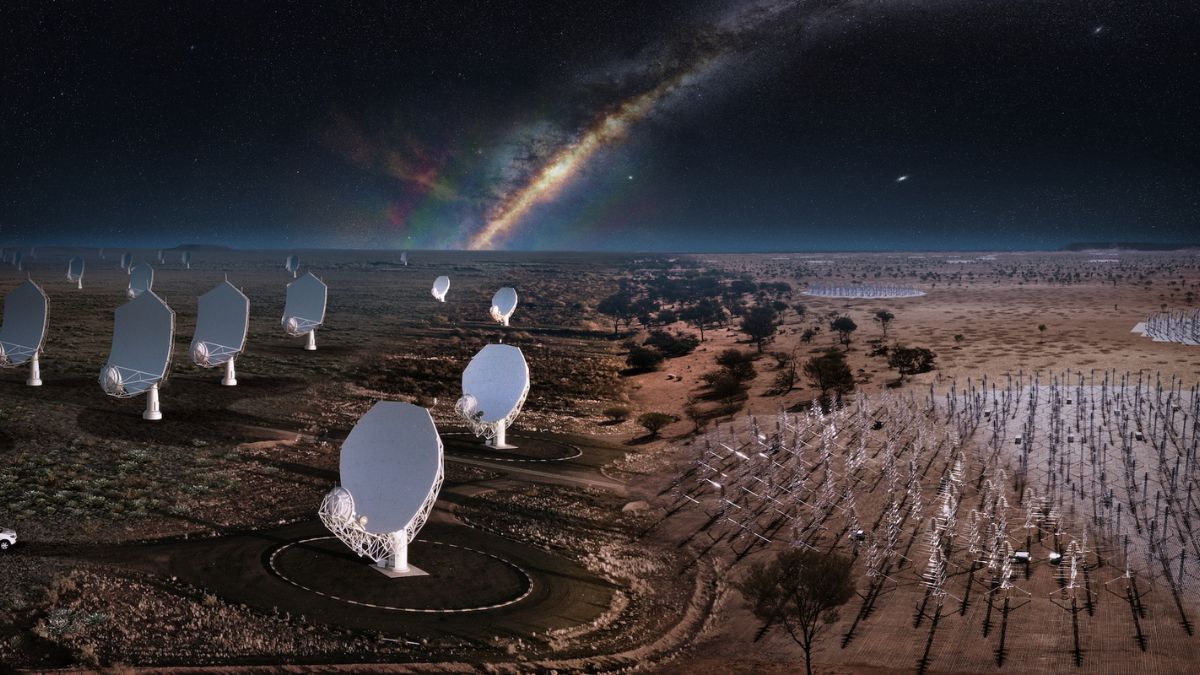
In a field, workers discovered a Roman road, possi...
news-extra-space

 "The SKA will bring together a plethora of the world's top scientists, engineers, and policymakers to bring the project to fulfillment. It is one of the largest scientific endeavors in history."
The equipment will provide users with "unrivaled scope in observations, largely exceeding the image resolution quality of the Hubble Space Telescope," it was claimed.
The SKA will work in tandem with a comparable South African initiative that will employ about 200 space-facing dishes.
It has taken three decades for the global effort to construct the largest radio telescope in history. The building of the facility will take around six years, and some of the work will involve signing land agreements with nearby Aboriginal people.
"The SKA will bring together a plethora of the world's top scientists, engineers, and policymakers to bring the project to fulfillment. It is one of the largest scientific endeavors in history."
The equipment will provide users with "unrivaled scope in observations, largely exceeding the image resolution quality of the Hubble Space Telescope," it was claimed.
The SKA will work in tandem with a comparable South African initiative that will employ about 200 space-facing dishes.
It has taken three decades for the global effort to construct the largest radio telescope in history. The building of the facility will take around six years, and some of the work will involve signing land agreements with nearby Aboriginal people.
 Before construction is complete, scientists and astronomers will be able to access data from the SKA, which could result in some exciting discoveries in just four years.
According to Professor Alan Duffy, the Royal Institution of Australia's chief scientist, some of the projects the SKA will do includes: The breadth of the science objectives is as broad as the telescope itself, ranging from the hunt for developing planets and evidence of extraterrestrial life to the mapping of the cosmic web of dark matter and the expansion of galaxies within those massive filaments that cover the entire universe.
The biggest question of all may even be answered by the SKA telescopes, according to SKA official Dr. Sarah Pearce: "Are we alone in the universe?" The SKA telescopes will be sensitive enough to detect an airport radar on a planet circling a star tens of light years away.
Before construction is complete, scientists and astronomers will be able to access data from the SKA, which could result in some exciting discoveries in just four years.
According to Professor Alan Duffy, the Royal Institution of Australia's chief scientist, some of the projects the SKA will do includes: The breadth of the science objectives is as broad as the telescope itself, ranging from the hunt for developing planets and evidence of extraterrestrial life to the mapping of the cosmic web of dark matter and the expansion of galaxies within those massive filaments that cover the entire universe.
The biggest question of all may even be answered by the SKA telescopes, according to SKA official Dr. Sarah Pearce: "Are we alone in the universe?" The SKA telescopes will be sensitive enough to detect an airport radar on a planet circling a star tens of light years away.
Leave a Reply






